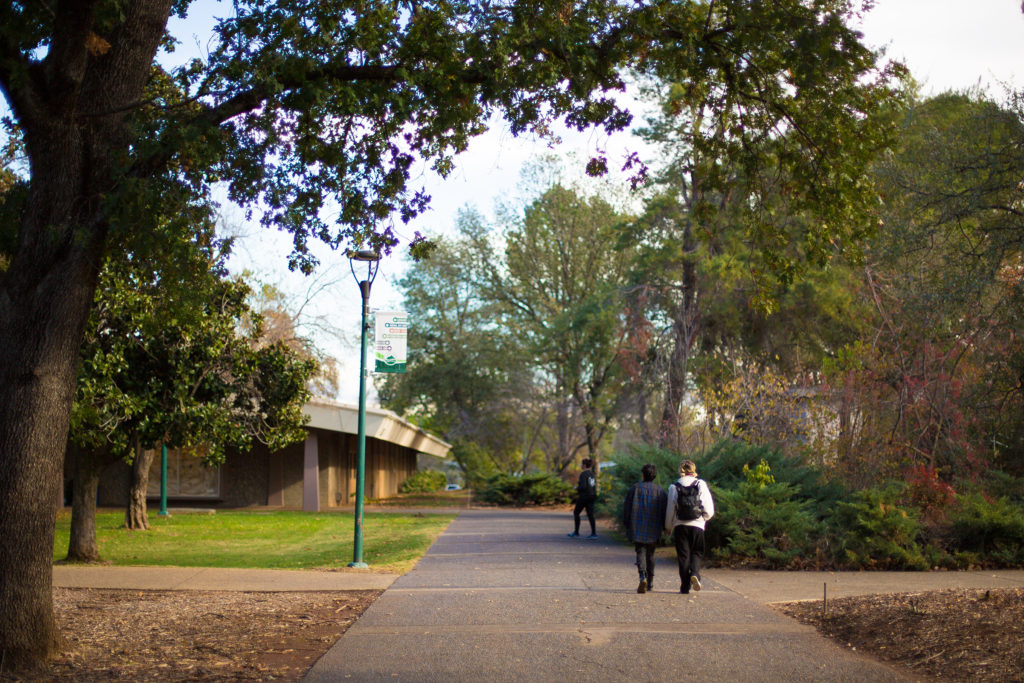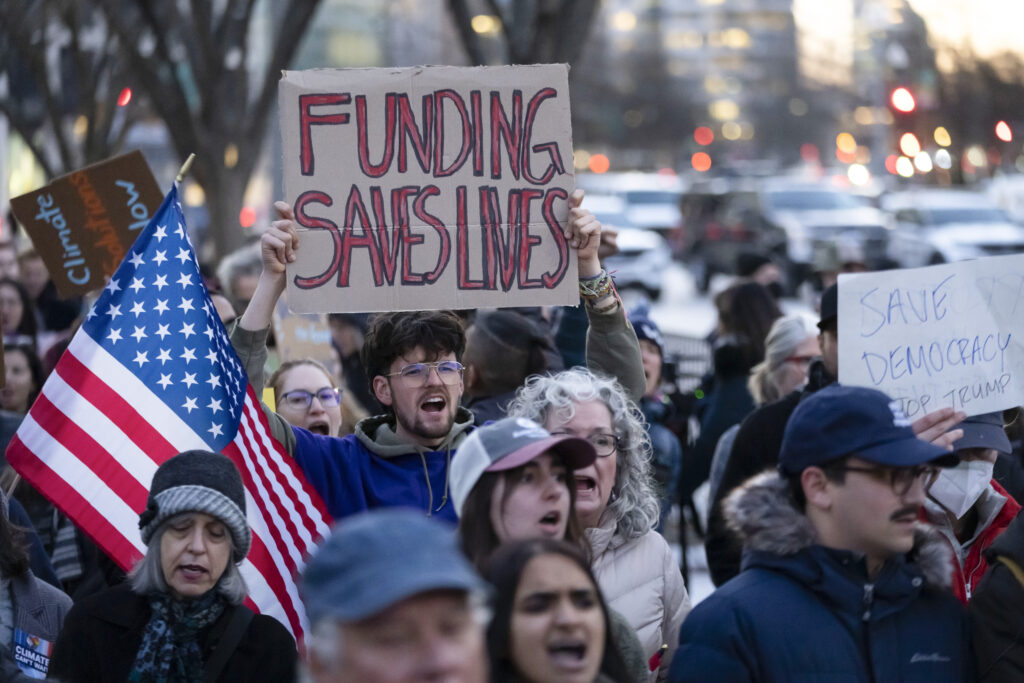
Shasta College serves students in Shasta, Tehama and Trinity counties.
A new study detailing how California colleges often overlook the value of students who drop out explains what colleges can do to help these students, called “comebackers,” complete their degree successfully.
Instead of simplifying the return for these students, colleges often complicate the process and create obstacles, according to a report, “From Setback to Success: Meeting Comebacker Students Where They Are” by California Competes, a nonpartisan policy and research organization.
“If you didn’t make it, it’s your fault. If you want to come back, good luck to you,” said Su Jin Jez, CEO of California Competes, about the convoluted process that comebackers go through to re-enroll in college.
Based on interviews with over 50 students who returned to college and successfully completed their degree at Sacramento State and Shasta College, the report released on Feb. 5 identified factors that may impede a student’s attempt to return to college, including owing for overdue library books and parking, having to redo the entire enrollment process and being disqualified for financial aid because of poor grades from years prior.
More than 6 million Californians have attended college without ever receiving a degree, according to a 2021 report by the National Student Clearinghouse Research Center. Jez said that reaching out to these students is an equity issue because many comebackers are low-income people or people of color.
Overlooking these students has major implications, not just for students themselves but for the state’s economy, the report states. Students without a degree or certificate may not be able to make progress in the workplace, and in turn, employers won’t be able to find qualified workers. Jez said reaching these students can stimulate economic growth.
Jennifer Liberty, one of the co-researchers who helped design the study, is a comebacker herself; she is now working on a master’s degree in psychology.
Other reasons contributing to students dropping out of college are having to work, taking care of children or family members, as well as institutional barriers like a loss of financial aid or an inflexible schedule — all of which may make balancing school with other priorities a struggle.
Comebackers bring ‘so many skills’
The report urges colleges to offer more flexibility in classes, do more to encourage students to return and reframe how comebackers are viewed.
The conversation about students who stop attending college tends to be framed around their problems, said Buffy Tanner, director of innovation and special projects at Shasta College. They are discussed as students who lack recent academic experience, who have rusty math skills or have financial aid issues.
“The reality is they come to us with so many skills,” Tanner said during a webinar on the report.
People who stop coming to school typically have a lot of work experience that other kinds of students lack. They know how to work in groups and how to work for different bosses; they have professional experience; and sometimes professional development. These are all assets in college, Tanner said.
Many comebackers may give up their studies after their grades start to slip and they are put on what is often called “academic probation.” The report recommends using language that isn’t associated with criminality.
“‘Academic probation’ sounds like, ‘You are a criminal, and we are going to keep an eye on you,’” Jez said.
The report also recommends offering extra support to comebackers who struggle academically. Many of those who left on academic probation said that they were not offered help and that the term itself made them feel like they weren’t cut out for college.
Tanner said focusing on the needs of students who return to college after stopping has benefits for the broader population of students because they would also benefit from more flexible class schedules, such as classes that are offered outside the traditional workday.
Restructured academic calendars could also benefit other kinds of students. The report recommends offering shorter, more frequent classes, such as an eight-week intensive program, in contrast to a longer 16-week program, or a fall or spring term. This makes it easier for students to fit classes into their schedule and gives them more opportunities to jump into college.
Enrollment at California’s community colleges has not fully rebounded from the pandemic, Jez noted. This pool of students with some college experience but no degree or certificate is potent as the state faces its big goals around issues such as climate change and housing.
“We can’t meet our goals,” Jez said, “unless we allow marginalized people to access and complete college degrees.”


